Prime Z370-A, Hands-on Review!
9 short months after its Kaby Lake CPU line up release, Intel just gave birth to its 8th Generation of i Processors: the so-called Coffee Lake processor family. And to support it, with it come the Z370 powered motherboards.
Today I have the early release of the Prime Z370-A motherboard, from ASUS.
Needless to say… the release of a brand new line up of motherboards only 9 months after the release of its predecessor, the Z270, is no small fit.
What will Z370 motherboards bring us on top of what the very young, and already well-featured Z270 already brings us?
We got a LOT to cover… so let’s dig right in!
Key Features
- Review Price: 175.00 USD
- ATX Form Factor
- Intel Z370 chipset
- Intel LGA 1151 socket
- Dual-channel, 4 slots, max 64GB
- 3 x PCI-E x16 | 2 x PCI-E x4 | 1 x PCI-E x1 ALL PCI-e Lanes are 3rd Gen.
- 1 x USB 3.1 Type-A, 1 x USB 3.1 Type-C | 2 x USB 3.1 | 1 x Gigabit Ethernet | 2 x USB 2.0 | 5 x audio | 1 x optical S/PDIF
- 2 x M.2 SSD | 6 x SATA 3
- 2x SLI | 2x CrossFire support
- AURA Light Sync. Effect
- On board CPU, PCI-e (x2) and chipset, temperature sensors.
Accessories & Docs
- Padded I/O shield
- 2 SATA Cables
- Front panel bridge
- M.2 SSD mounting screw and screw raiser
- Fan mount
- CPU installer
- Manual
- DVD driver
The Prime Z370-A
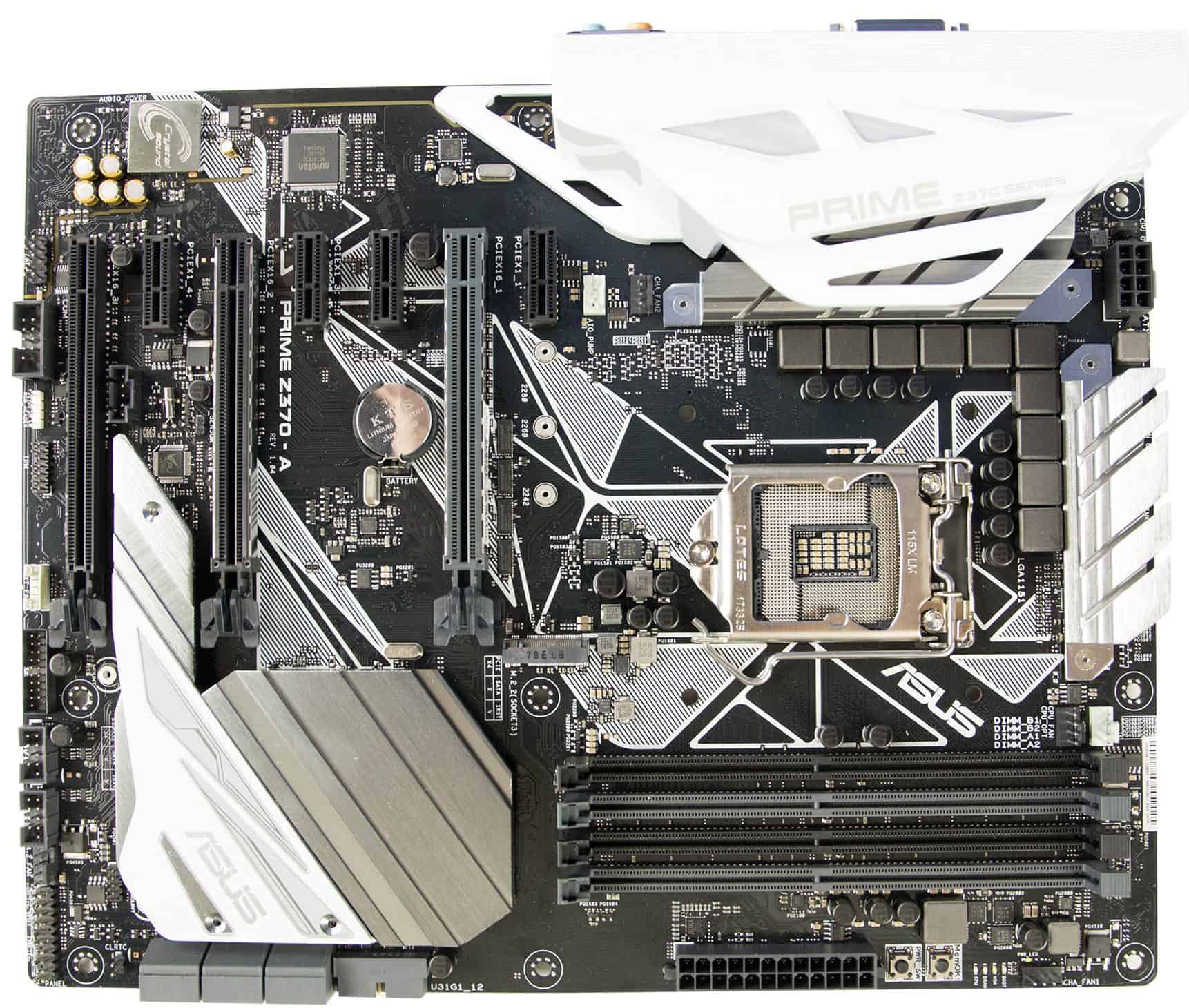
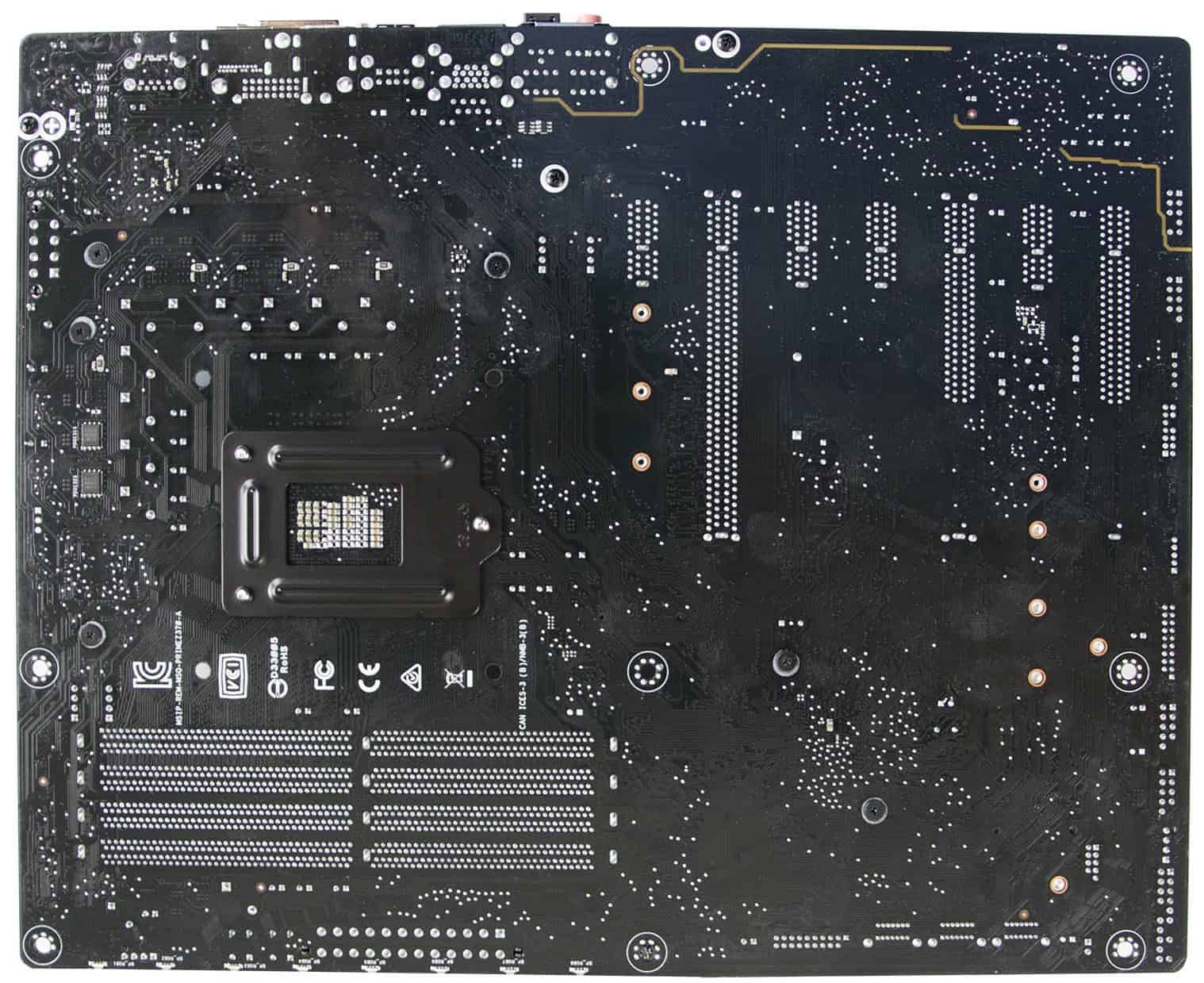
In the Asus marketing world, being a Prime means being an entry-level product. That explains the sobriety of the product. No back plate, no fancy aluminium finish, in other words, “the bear necessity”!
The Prime Z370-A is here to offer the shortest way out of Kaby/Sky Lake, and get you straight in Coffee Lake. And so, on a budget!
The Socket
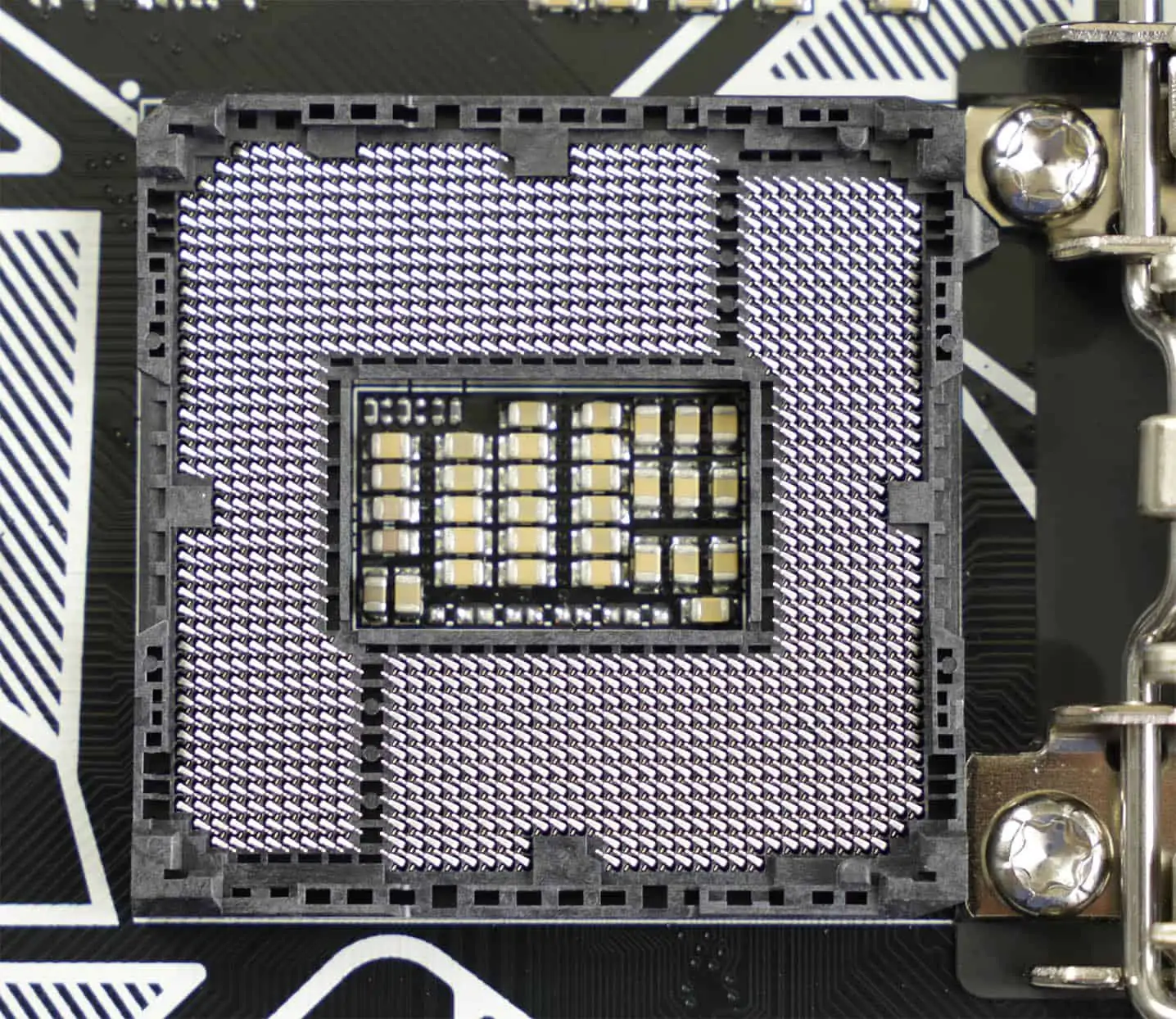
Confusion! So much confusion around this topic! In a nutshell, even though we are dealing with rigorously identical socket present in the other Z series (Z170, and Z270), this LGA 1151 socket IS NOT compatible with Skylake and Kaby Lake processors. The only Processor supported, so far, by the Z370 chipset, is Coffee Lake.
The other way around is also true. Coffee Lake IS NOT compatible with previous Z chipset generations. It will fit in the socket, but your system will not post.
The Chipset
What does it have that the Z270 doesn’t? More bandwidth… a LOT more!
Z370 | Z270 | |
| Processor Support | Coffee Lake-S | Kaby Lake-S Skylake-S |
| Socket | LGA-1151 | LGA-1151 |
| CPU PCIe Configuration | 1×16 or 2×8 or 1×8+2×4 | 1×16 or 2×8 or 1×8+2×4 |
| Max Additional PCIe lanes* | 24x PCI-E 3.0 | 24x PCI-E 2.0 |
| DRAM Support | DDR4 | DDR4 |
| Mem/DIMMs Per Channel | 2/2 | 2/2 |
| USB Total | 14 (10 USB 3.1) | 14(10 USB 3.0) |
| Max SATA 6Gb/s | 6 | 6 |
| RAID Configuration | PCIe 0,1,5 / SATA 0,1,5,10 | SATA 0,1,5,10 |
| CPU Overclocking | Yes | Yes |
| Intel Rapid Storage Technology (RST) | Yes | Yes |
| Max Intel RST for PCI-E Storage | 3 | 3 |
| Intel Smart Response Technology (SRT) | Yes | Yes |
| Intel Optane Technology | Yes | Yes |
We basically have the same number of available PCIe lanes, 24, but they are all upgraded from second to third gen, almost doubling its bandwidth output to a full gigabyte per second.
We have the same number of USB ports, but passing from 3.0 to the 3.1 standards, and that double it bandwidth as well, from 5 Gb/s to a gargantuan 10 GB/s.
And finally, for the very first time on a Z series chipset, we have a PCIe supported RAID, in 0, 1 and 5 modes.
For the rest, we are dealing with an identical Chipset, and therefore a very identical motherboard.
Of course, the real advantage here will be the Processor and its additional cores. I’ll review the CPU in an upcoming Video!
MEMORY
M.2 SSD
No big surprise or changes here. We have exactly what was available in the Z270 motherboards. In other words, 2 horizontally positioned M.2SSD connectors.
Our board can accommodate different M.2SSDs length ranging from 42mm to 80mm in both cases.
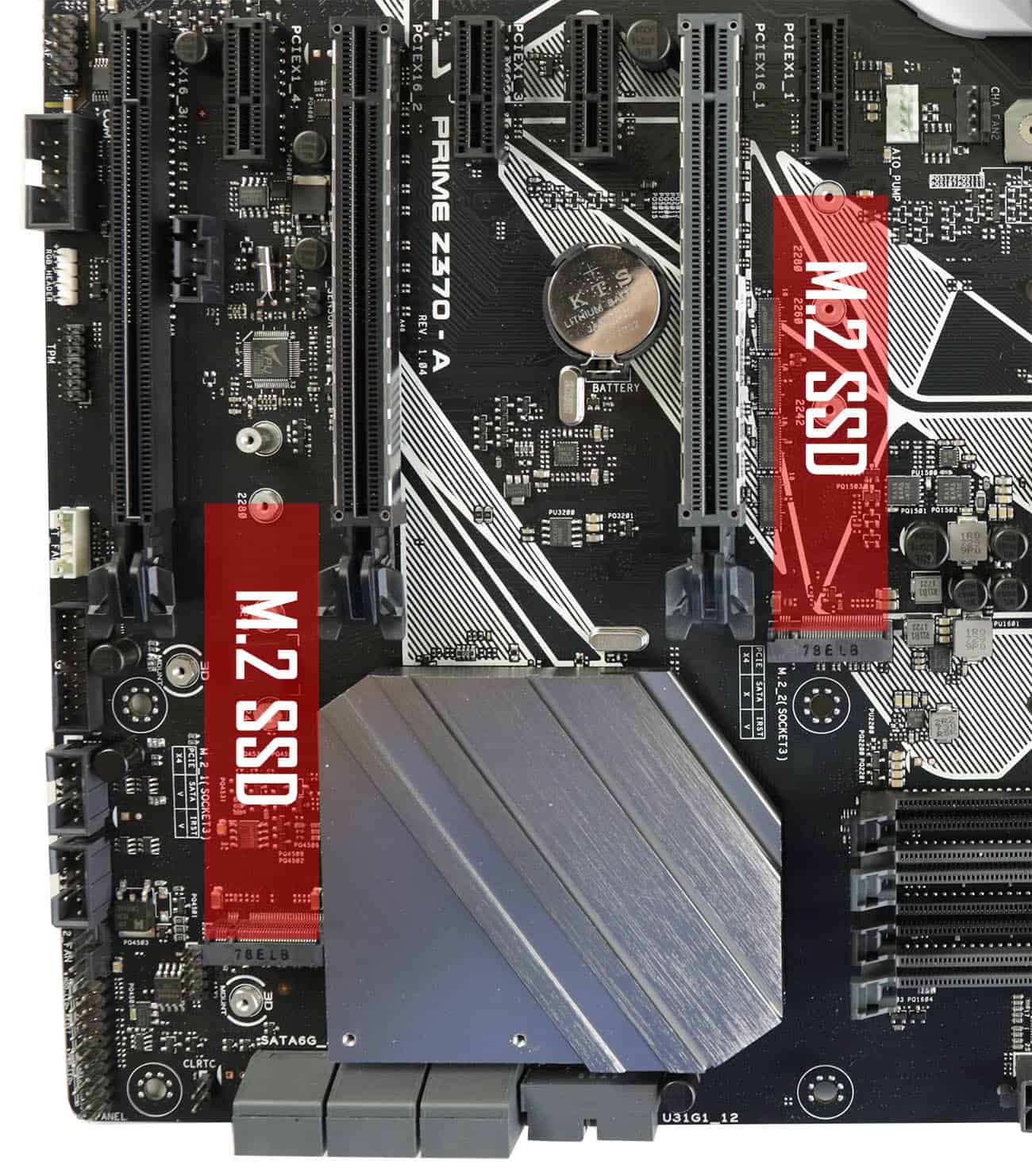
Let’s not forget that, as in the Z270 chipset, the X299 chipset is “Optane Ready”. This should get our M.2 gum-sticks transferring data to 32Gb/s!
SATA
6 SATA 3.0 with up to 6Gb/s of individual bandwidth. I feel that this is a bit much and, in my opinion, as M.2 SSDs continue to mature, we should see less and less SATA ports on future boards.
RAM (Dual-channel)
No Surprise there. As in both previous Z100s and Z200s series motherboards, we have a 64GB DDR4 RAM dual channel configuration, equipped with the now famous and appreciated XMP 2.0. That last option will let you OC your RAM sticks to a massive 4000 MgHz. Careful what you are doing.
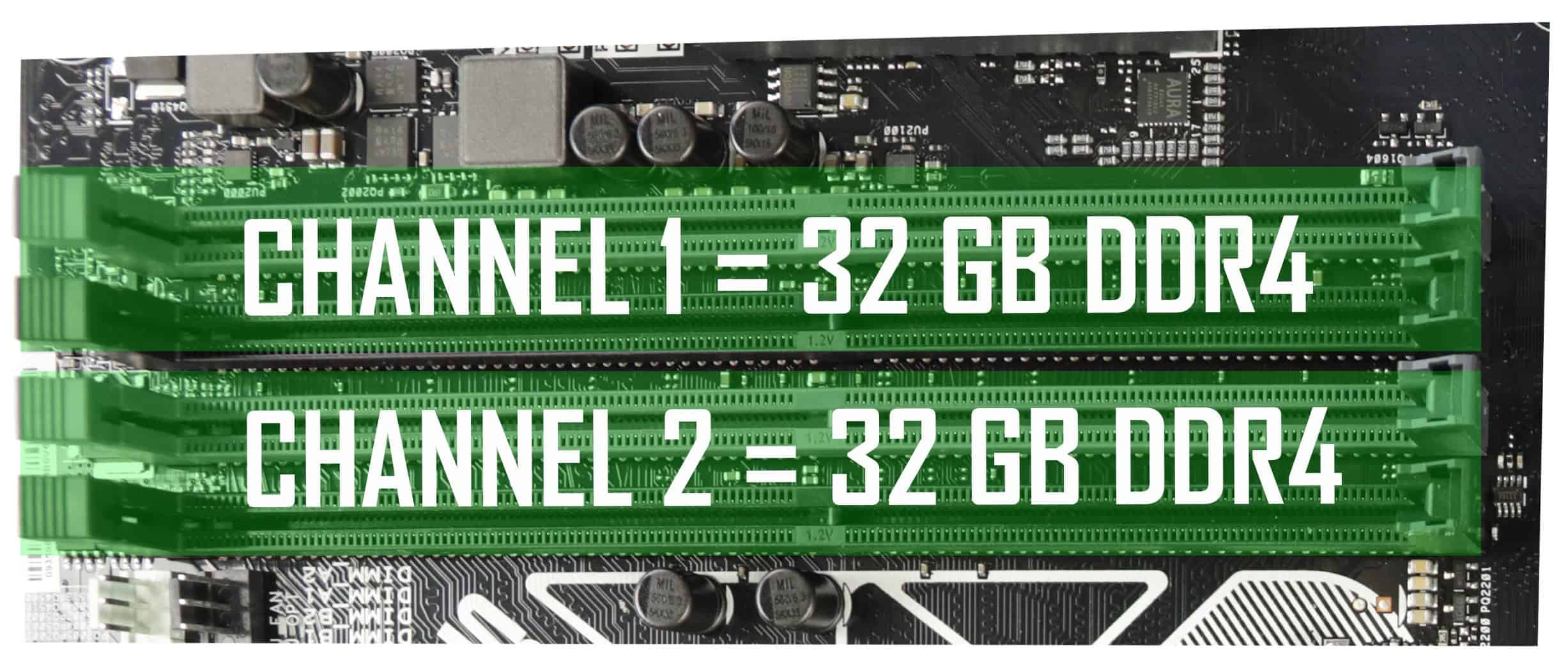
Not all RAM sticks are born equals, and you may very well burn one if you are not careful during this delicate process.
Enthusiast and other goodness!
Onboard add-ons

I appreciate the soldered power button! Again, an enthusiast must. I will regret the Reset button being left out as well as the absence of a Q-LED screen. But given the budget we are working with, I am a happy bunny!
AURA Sync.
An absolute necessity if you care about what your build looks like! And I DO!
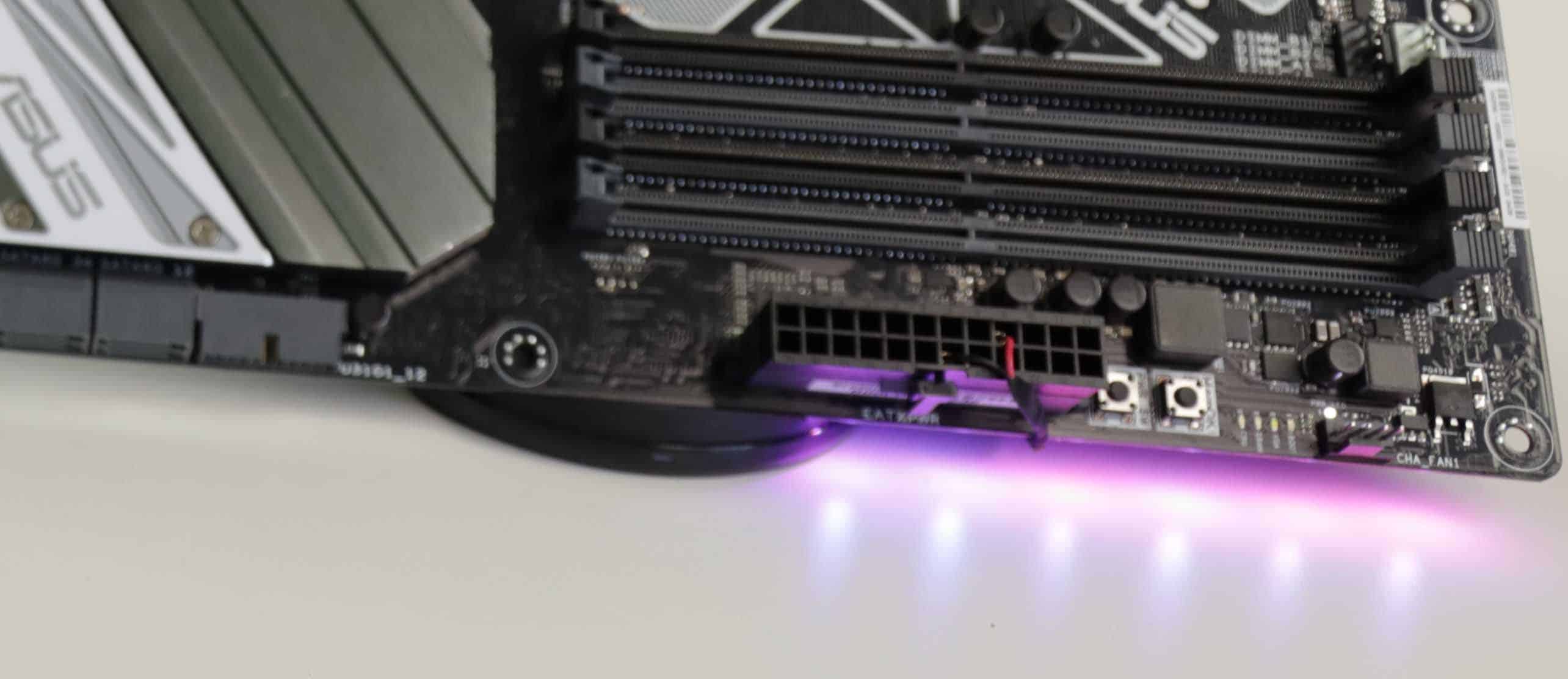
Instead of getting an RGB strip hidden under a heat-shield, ASUS has opted for hard soldering 8 RGB LEDs on the back of our board. And you know what… it works. I love the result.
In addition, we have an AURA RGB 4 pin connectors in the case you’d want to add an RGB strip.
So plenty to make it shine!
Custom Water Cooling
Not much there, and I did not expect much out of a mainstream entry level board. But surprise, surprise, what do we have here ?? A temperature sensor connector (bingo) and a Water Pump PWM connector (re bingo).
With these two unexpected friends, we can operate a minimal single loop custom water cooling system! What about that?
PCI-E
So, the Z370 chipset does bring a needed upgrade bandwidth wise. We going from 2.0 to 3.0 PCIe bandwidth level. And that means double data flow, all the way up to 1 full GB/s/. A glass of water in a desert if you ask me.
But that is where the upgrades stop. Unfortunately, Coffee lake does not offer more PCIe lanes then its TWO predecessors (Kaby Lake and Skylake) and we are left to play with 16 BUS speeds, divided between 3 grown 16 slots PCIe bridges. Not impressed Intel… not impressed AT ALL!
Nevermind… today, and on this board we have:
- 3 x16 PCI-e ( 2 metal-reinforced)
- 4 x1 PCI-e
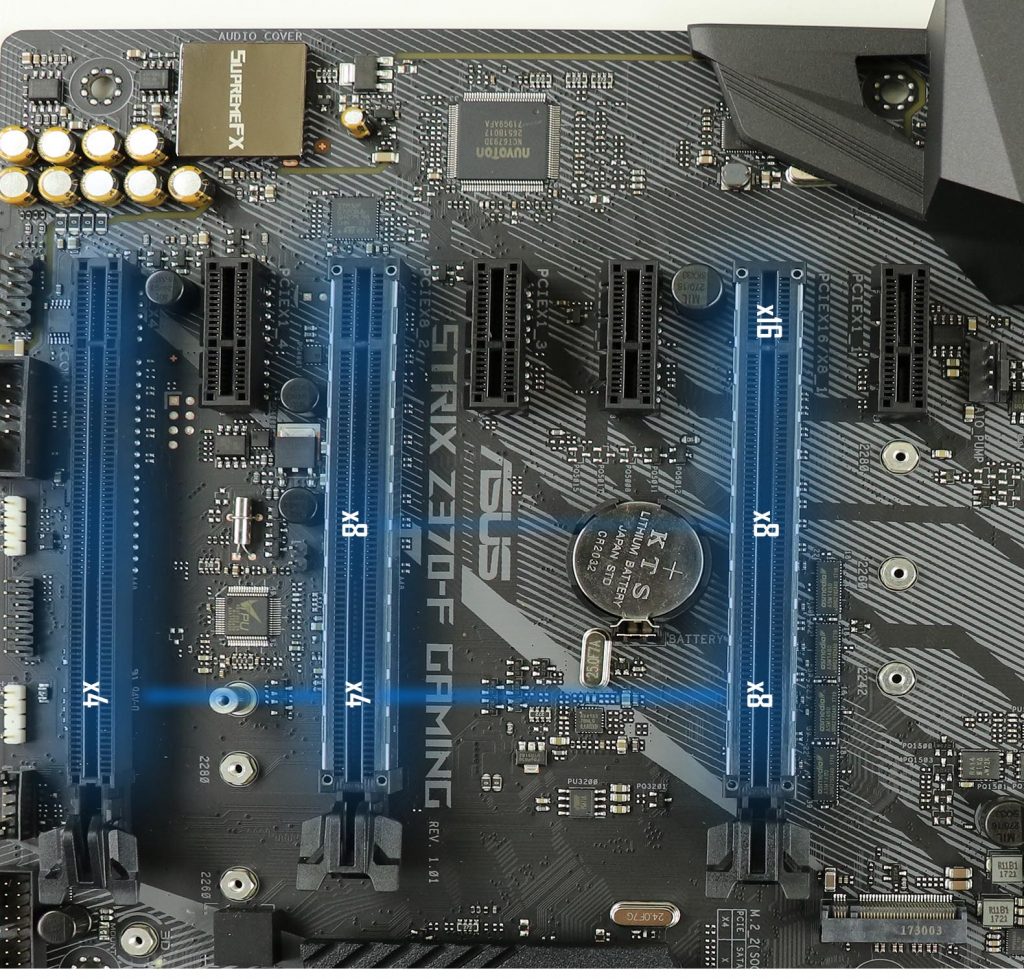
Needless to say that this is not the ideal multiple GPU board. Even if you do have the ability to run a dual GPU configuration, I would recommend against it. Since our PCIes are forced to share BUS bandwidth, they will bottleneck our GPU data output. So save your cash and stick with a single GPU on this board!
Peripherals

Should I say it? It feels a little lonely in there.
Starting from the left, we have:
- x2 3.1, 2nd Gen USB plugs (A+C).
- HDMI + DVI + DP Video outputs
- x2 2.0 USBs (…)
- x1 Gb/s Ethernet plug
- x4 3.1 USBs
- x5 Channel Audio / x1 SPDIF
I’ll jump right in there. This is an entry-level model, so I am not surprised to see a bare-bone configuration.
Moreover, we have a Thunderbolt 3.0 connector on the board, so that should give us room for data transfer expansions.
Conclusion:
For an entry model, and despite a couple of missteps (where is the WI-FI adapter? Integrated I/0 shield anyone, no BIOS / CMOS button), the Prime Z270-A does deliver!
This is a board which comes with a mission… getting you in the Coffee Lake biosphere! It is shamelessly cheap and gives up nothing in quality. How does it achieve this? It focuses on the essentials! Sure, we don’t get floury of accessories, or fancy features… but what we get is what we need and it is premium build!
Overall, the Prime Z370-A is fully able to power a gamer’s rig without any complexes or shame. Most importantly, it manages to do so without crippling our budget!
This said, given the current AMD “situation”, would I go for an Intel CPU or Intel chipset? That is an entirely different topic!
QUICK OVERVIEW
CPU & northbridge support
Memory
Connectors


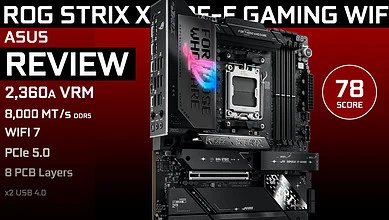
Does Prime Z370-A LGA1151 ATX Motherboard have wifi??
It does not.You’ll need to go to the Strix series (ROG STRIX Z370-E GAMING) to get a WiFi AC adapter at a comparable price point.